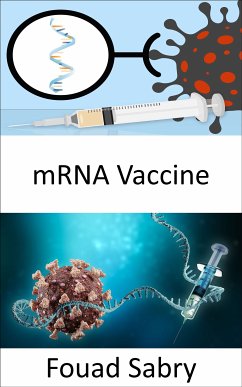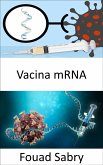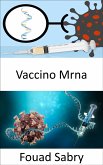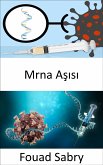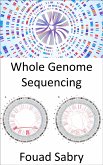What Is mRNA Vaccine
The immunological response that is induced by a vaccination known as an mRNA vaccine is brought about by the administration of a replica of a molecule known as messenger RNA (mRNA). The vaccine inserts molecules of mRNA that encode antigens into immune cells. The immune cells then utilize the engineered mRNA as a template to construct a foreign protein similar to one that would typically be generated by a cancer cell or a disease. These protein molecules activate an adaptive immune response, which educates the body to detect and eliminate the matching cancer cells or pathogens. Adaptive immune responses have been shown to be more effective than traditional immune responses. The delivery of the mRNA is accomplished by the use of a co-formulation that consists of the RNA being encased in lipid nanoparticles. These nanoparticles serve to preserve the RNA strands and assist in their uptake into the cells.
How You Will Benefit
(I) Insights, and validations about the following topics:
Chapter 1: mRNA vaccine
Chapter 2: Vaccine
Chapter 3: PEGylation
Chapter 4: Solid lipid nanoparticle
Chapter 5: Moderna
Chapter 6: COVID-19 vaccine
Chapter 7: Moderna COVID-19 vaccine
Chapter 8: Jason McLellan
Chapter 9: BioNTech
Chapter 10: RNA therapeutics
Chapter 11: Pfizer-BioNTech COVID-19 vaccine
Chapter 12: Özlem Türeci
Chapter 13: Nucleoside-modified messenger RNA
Chapter 14: ALC-0315
Chapter 15: Distearoylphosphatidylcholine
Chapter 16: SM-102
Chapter 17: Deployment of COVID-19 vaccines
Chapter 18: History of COVID-19 vaccine development
Chapter 19: CureVac COVID-19 vaccine
Chapter 20: N1-Methylpseudouridine
Chapter 21: COVID-19 vaccine clinical research
(II) Answering the public top questions about mRNA vaccine.
(III) Real world examples for the usage of mRNA vaccine in many fields.
(IV) 17 appendices to explain, briefly, 266 emerging technologies in each industry to have 360-degree full understanding of mRNA vaccine' technologies.
Who This Book Is For
Professionals, undergraduate and graduate students, enthusiasts, hobbyists, and those who want to go beyond basic knowledge or information for any kind of mRNA vaccine.
The immunological response that is induced by a vaccination known as an mRNA vaccine is brought about by the administration of a replica of a molecule known as messenger RNA (mRNA). The vaccine inserts molecules of mRNA that encode antigens into immune cells. The immune cells then utilize the engineered mRNA as a template to construct a foreign protein similar to one that would typically be generated by a cancer cell or a disease. These protein molecules activate an adaptive immune response, which educates the body to detect and eliminate the matching cancer cells or pathogens. Adaptive immune responses have been shown to be more effective than traditional immune responses. The delivery of the mRNA is accomplished by the use of a co-formulation that consists of the RNA being encased in lipid nanoparticles. These nanoparticles serve to preserve the RNA strands and assist in their uptake into the cells.
How You Will Benefit
(I) Insights, and validations about the following topics:
Chapter 1: mRNA vaccine
Chapter 2: Vaccine
Chapter 3: PEGylation
Chapter 4: Solid lipid nanoparticle
Chapter 5: Moderna
Chapter 6: COVID-19 vaccine
Chapter 7: Moderna COVID-19 vaccine
Chapter 8: Jason McLellan
Chapter 9: BioNTech
Chapter 10: RNA therapeutics
Chapter 11: Pfizer-BioNTech COVID-19 vaccine
Chapter 12: Özlem Türeci
Chapter 13: Nucleoside-modified messenger RNA
Chapter 14: ALC-0315
Chapter 15: Distearoylphosphatidylcholine
Chapter 16: SM-102
Chapter 17: Deployment of COVID-19 vaccines
Chapter 18: History of COVID-19 vaccine development
Chapter 19: CureVac COVID-19 vaccine
Chapter 20: N1-Methylpseudouridine
Chapter 21: COVID-19 vaccine clinical research
(II) Answering the public top questions about mRNA vaccine.
(III) Real world examples for the usage of mRNA vaccine in many fields.
(IV) 17 appendices to explain, briefly, 266 emerging technologies in each industry to have 360-degree full understanding of mRNA vaccine' technologies.
Who This Book Is For
Professionals, undergraduate and graduate students, enthusiasts, hobbyists, and those who want to go beyond basic knowledge or information for any kind of mRNA vaccine.
